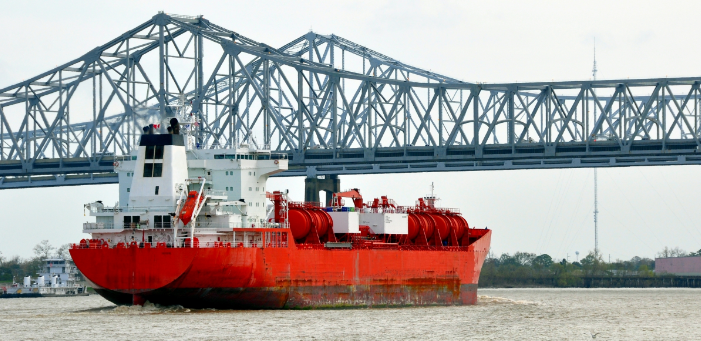The Emergency Escape Breathing Devices (EEBD) are part of the critical safety equipment and are used for escape from a compartment that has a hazardous atmosphere. Their use has become mandatory under the new amendments to SOLAS 74 (Chapter II-2, Reg 16) for all ships to which the safety equipment certificate is required.
The Panama Maritime Authority issued a Merchant Marine Circular referring to the EEBDs provisions onboard Panama flag ships, to highlight the number of EEBDs required onboard and training requirements of their use. Therefore, in order to comply with the mandatory requirements, operators are advised to follow the guidance below:
A. Number of EEBDs
- At least two EEBDs in accommodation spaces of cargo ships and one spare EEBD. Applicable to new and existing ships.
- At least two EEBDs per main vertical zone, and a total of two spare EEBDs. Applicable to new and existing passenger ships carrying not more than 36 passengers.
- At least four EEBDs per main vertical zone, and a total of two spare EEBDs. Applicable to new and existing passenger ships carrying more than 36 passengers.
- For the purpose of this requirement (based on UI MSC/Circ. 1081), the minimum number of EEBDs required on machinery spaces shall be as follows:
i. One EEBD at the engine control room if located inside the machinery space;
ii. One EEBD at the machine shop or work shop area. If there is, however, a direct access to an escape way from the workshop, an EEBD is not required
iii. One EEBD located near the escape ladder used a second means of escape from the machinery space. If the ship has a machinery space with more than one deck, then one EEBD for each deck shall be placed at the same area as in point
If the ship has a machinery space with more than one deck, then one EEBD for each deck shall be placed at the same area as in point A.
B. Additional Spares
- Ships with ten or less EEBDs on board shall carry at least one additional spare device more than the one mentioned in item 3.
- Ships with 11 to 20 EEBDs on board shall carry at least two spare devices.
- Ships with more than 20 EEBDs onboard shall carry spares equal to at least 10 % of the total EEBDs but no more than 4 spares will be required. Applicable to new and existing ships.
Additional to the above requirements, the EEBD shall have a service duration of at least 10 minutes. Also, the number and location of EEBDs and spares shall be indicated in the fire control plan. For existing ships, the requirement is to be complied with by the first survey after 1 July 2002. For more reference, the 2000 amendments to SOLAS 74, Chapter II-2, Reg. 1.2.2 clarify the applicable requirements to existing ships.
The detailed technical standards for the EEBD, are separately provided in a mandatory code called “The International Code for the Fire Safety System (FSS Code)” adopted simultaneously.
“New ships” cited above means ships constructed on or after 1 July 2002 and “Existing ships” means ships constructed prior to that date. Authorized Organizations are instructed to follow the above mentioned guidelines, before issuing the appropriate certificate.
Training (as per the IMO MSC.1/Circ.849 – May 1998)
- Training in the use of the EEBD should be considered as a part of basic safety training.
- At least one EEBD training device shall be provided for training purposes.
- This device will be in addition to EEBDs required for the machinery and accommodation spaces.
All EEBD training units should be clearly marked and placed in addition to those minimum number required and its spare parts.
Personnel should be trained to immediately don an EEBD prior to exiting a space when the atmosphere becomes life threatening. This is necessary due to the possibility of encountering smoke during escape. Such training should be accomplished by scheduling routine escape drills for crew members working in the engineering or machinery spaces.
An EEBD may also be used to escape from a machinery space due to an accidental release of a fixed CO2 system and can be carried by firefighters for the sole purpose of providing the device to personnel in need of emergency assistance.






































![]](https://safety4sea.com/wp-content/uploads/2024/06/shutterstock_2318996555-350x250.jpg)

























